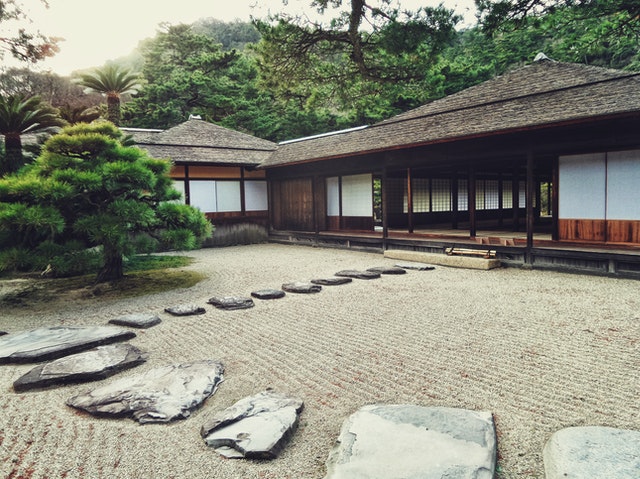Today’s lifestyle of consumerism paved way to the continuous piling of clutter in your home and life as a whole. But, once you learned to embrace the Japanese-inspired interior design, you will be able to regain the peacefulness and tranquility that you lost along the way because of your hectic schedule and busy life.
Traditional Japanese homes have many unique interior features and decors that play an important role in the culture and history of the country. Even new homes continue to have these age-old features simply because they are charming and beautiful.
Below are the common interior decors you can find Japanese houses:
Shoji
Historically, glass is not used in Japanese homes that resulted to several interesting natural lighting methods. Shojis are sliding panels made of translucent paper in wooden frame. These are used for internet and even exterior walls. Shojis give character to Japanese homes as they allow shadows and diffuse light through.
Wagoya
The Japanese carpenters came up with advanced joinery methods and seldom constructed large buildings with any nails used. Complicated wooden joints that are tied with rope could be seen in frames of traditional Japanese homes. Wagoya, or traditional frames, feature a post and lintel design.
Fusuma
Fusuma is a sliding panel acting as walls and doors. This feature offers a lot of possibilities to Japanese houses as they allow rooms to be dramatically reconfigured.
Ranma
These are the panels found right on top of fusuma or shoji designed to allow light inside the rooms. These are usually shoji screens or elaborate wood carvings.
Engawa
Engawa is the outer corridor wrapping around a Japanese home. Traditionally, these were used as separator between the outer storm shutters and the delicate shoji. After shutting the storm shutters, engawa feel similar to a secret passageway circling a house that can get very narrow. There are instancs when large homes have wide engawa that looks like a wrap-around veranda with the storm shutters kept open.
Amado
Amado are storm shutters used for completely sealing an apartment or house for safety, security, and privacy purposes. These are specifically essential as typhoon protection. These are practical features that can be sheets of metal or wooden planks. They can totally transform a home’s aesthetics.
Tokonoma
This is an area with a slight elevation set against a wall in the room meant for receiving guests. This is the best place to put art like an Ikebana, shodo, or painting. These features have something to do with some rules of etiquette and manner. For instance, it is a very bad form to sit or stand in the tokonoma. Respected guests are seated near to the tokonoma with their backs to it. It is a humble gesture to avoid showing off prized art to guests in the tokonoma. This space is mostly kept bare with just a piece of art or a combination of an ikebana and a painting.
Zabuton
These are thin pillows used for sitting on floors. These are the equivalent of chairs.
Chabudai
These tables have short legs used while sitting on floors.


